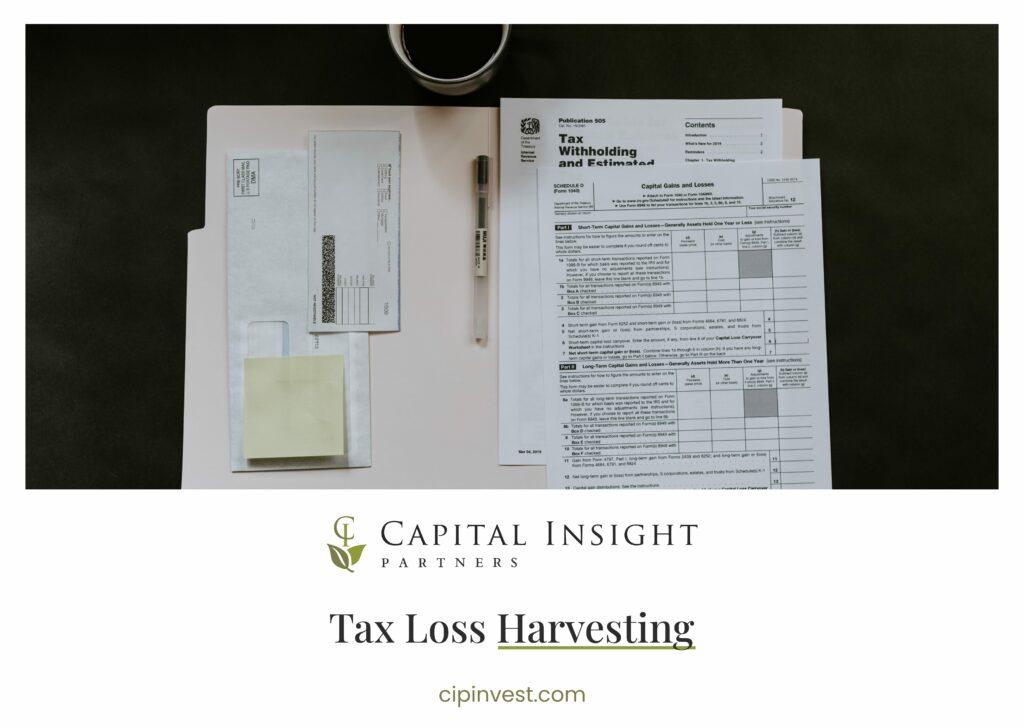
When you invest in stocks or other securities, their value can increase or decrease based on market conditions. In a taxable account, if your investment is down (meaning it’s worth less than what you bought it for), you have an “unrealized” loss. It’s only “realized” when you sell the investment. Until an asset is sold, any loss or gain remains on paper, which means it doesn’t impact your actual tax situation. Realized losses can potentially reduce your tax liability.
The length of time you hold an asset plays a pivotal role in determining the tax implications. Assets sold after being held for a year or less are considered short-term. Therefore, they may be taxed at a higher rate, while those held for more than a year are long-term and often receive a more favorable tax rate. Long term capital gains tax rates can range from 0% to 20% depending on your income while short term gains are taxed at the same rate as your current income, anywhere from 10% to 37%. Long-term capital gains rate will vary based on type of investment (example: federal or municipal bonds), your taxable income, and the state in which you reside.
The core idea behind tax loss harvesting is to intentionally sell investments with realized losses to offset and reduce taxable capital gains from other investments. When done properly, it may lower your taxable income, potentially placing you in a lower tax bracket or reducing your tax bill. By working with the qualified advisors at Capital Insight Partners, we will effectively manage your portfolio to minimize the impact of taxes. If your tax situation has changed, please reach out to your advisor at Capital Insight Partners to discuss.

